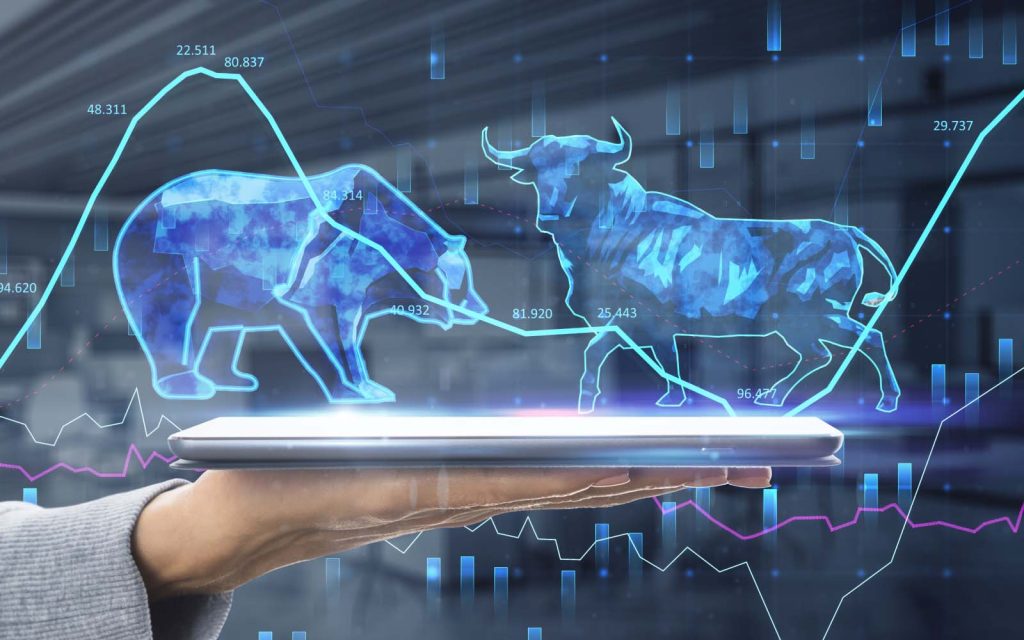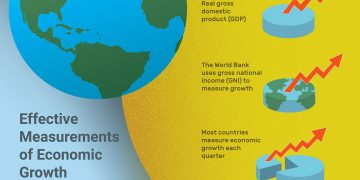The U.S. stock market has been one of the world’s most closely watched financial arenas, boasting a prolonged bull run that has defied multiple headwinds. This sustained upward momentum has largely been underpinned by investors’ belief in a “soft landing” — the idea that the Federal Reserve can tame inflation without pushing the economy into a recession. However, as 2025 progresses, cracks are beginning to show in this optimistic narrative. Questions around inflation persistence, monetary policy tightening, global uncertainties, and stretched valuations cast shadows over the bull market’s longevity. The critical inquiry now is: how much longer can the U.S. bull market continue, and is the “soft landing” expectation still realistic, or is a reversal on the horizon?
The Foundations of the Bull Market Rally
Understanding the potential trajectory of the bull market requires a deep dive into what has fueled its strength so far. Several pivotal factors have combined to support the rally:
Robust Corporate Earnings and Profitability: U.S. companies have, by and large, delivered strong earnings growth in recent years. This has been driven by solid consumer demand, successful adoption of new technologies, supply chain recoveries, and efforts to improve productivity. The technology sector, healthcare, and consumer discretionary industries, in particular, have shown resilience.
Monetary Policy’s Steady Hand: While the Federal Reserve has undertaken a series of interest rate hikes to combat inflation, its communication strategy has been relatively transparent. This gradualist approach has helped avoid the kind of market shocks seen in previous tightening cycles. Investors have reacted favorably to any indication of moderation or pause in rate increases.
Economic Resilience and Labor Market Strength: The U.S. economy has displayed remarkable strength, with low unemployment rates, wage growth that supports consumer spending, and overall GDP growth that, while slowing, remains positive. The consumer sector’s health, which accounts for roughly 70% of economic activity, has been a cornerstone of this resilience.
Ample Liquidity and Investor Optimism: Global liquidity conditions, though tightening, have not dried up completely. Additionally, investors’ appetite for risk has remained relatively strong, with inflows continuing into equity markets from both retail and institutional participants.
Emerging Challenges to the Bull Market
Despite the above strengths, a number of risks threaten the sustainability of the bull market:
Persistent Inflationary Pressures: Inflation remains a key concern. While headline inflation has eased somewhat from peak levels, core inflation — which excludes volatile food and energy prices — has proven stickier. Should inflation prove more persistent, the Fed may need to extend or intensify its tightening cycle, increasing the risk of economic slowdown.
Rising Interest Rates and Financial Conditions Tightening: Higher interest rates translate into higher borrowing costs for businesses and consumers. This could weigh on corporate capital expenditures, slow down hiring, and reduce consumer discretionary spending. Bond yields rising also tend to put pressure on equity valuations, especially for high-growth companies with earnings far in the future.
Global Geopolitical and Economic Uncertainties: Continued tensions in key regions, unresolved trade disputes, and disruptions in global supply chains can inject volatility into markets. Furthermore, challenges such as energy price volatility and fluctuating commodity markets add layers of unpredictability.
Elevated Valuations and Market Sentiment: Many market segments, especially technology and growth stocks, remain priced at historically high valuation multiples. This leaves little room for earnings disappointment or negative news, increasing vulnerability to sharp corrections.
The Viability of the Soft Landing Scenario
The “soft landing” narrative depends on the Federal Reserve’s ability to carefully navigate the trade-off between curbing inflation and preserving growth. While policymakers aim to achieve this, the path is narrow and fraught with uncertainty.
Policy Data-Dependence: The Fed’s decisions will hinge heavily on incoming economic data. Inflation metrics, employment figures, wage growth, and consumer spending patterns will be scrutinized. Any signs of inflation accelerating or the labor market overheating may prompt the Fed to act more aggressively.
Lagged Monetary Policy Effects: Monetary tightening does not affect the economy immediately. The lag effect means that the full impact of recent rate hikes might only materialize in the coming quarters, potentially tipping the economy into contraction even if the Fed halts rate increases now.
Market Sensitivity to Policy Signals: Investor sentiment can shift rapidly on any perceived changes in Fed messaging or economic outlooks, resulting in heightened volatility.

Potential Triggers for a Market Reversal
A breakdown of the soft landing scenario and bull market could be triggered by several developments:
- Sustained Inflation Forcing Harsher Monetary Tightening: If inflation remains elevated, the Fed may need to push interest rates higher than currently expected, increasing recession risks.
- Signs of Economic Contraction: Indicators such as a decline in manufacturing activity, weakening consumer confidence, or slowing housing markets could signal an impending downturn.
- Escalating Geopolitical Risks: New conflicts or escalations in existing ones could disrupt markets and investor confidence.
- Liquidity Withdrawal and Technical Market Corrections: Reduced central bank support and shifting investor positioning may exacerbate sell-offs.
How Should Investors Prepare?
Given these factors, investors should consider adopting a disciplined and flexible strategy to weather potential volatility:
- Diversify Across Asset Classes and Sectors: Balancing exposure to growth and value stocks, incorporating defensive sectors like healthcare and utilities, and holding fixed income can reduce risk.
- Monitor Economic and Fed Communications Closely: Staying informed and ready to adjust portfolios based on policy and data developments is critical.
- Focus on Quality and Fundamentals: Investing in companies with strong balance sheets, steady cash flow, and pricing power can provide some protection.
- Consider Hedging Strategies: Using options or other derivatives to hedge downside risk may be prudent in uncertain times.
Conclusion
The U.S. bull market has been impressive in its resilience, but it now faces a complex and evolving risk landscape. While the soft landing remains a hopeful scenario, it is far from guaranteed. Inflation, interest rates, geopolitical tensions, and valuation pressures could conspire to derail equities’ upward momentum. Investors who remain vigilant, diversify prudently, and stay responsive to changing conditions will be best positioned to navigate what could be a critical turning point for the market. The next chapter of the bull market depends not only on economic fundamentals but also on how well policymakers and markets manage the delicate balancing act ahead.



































